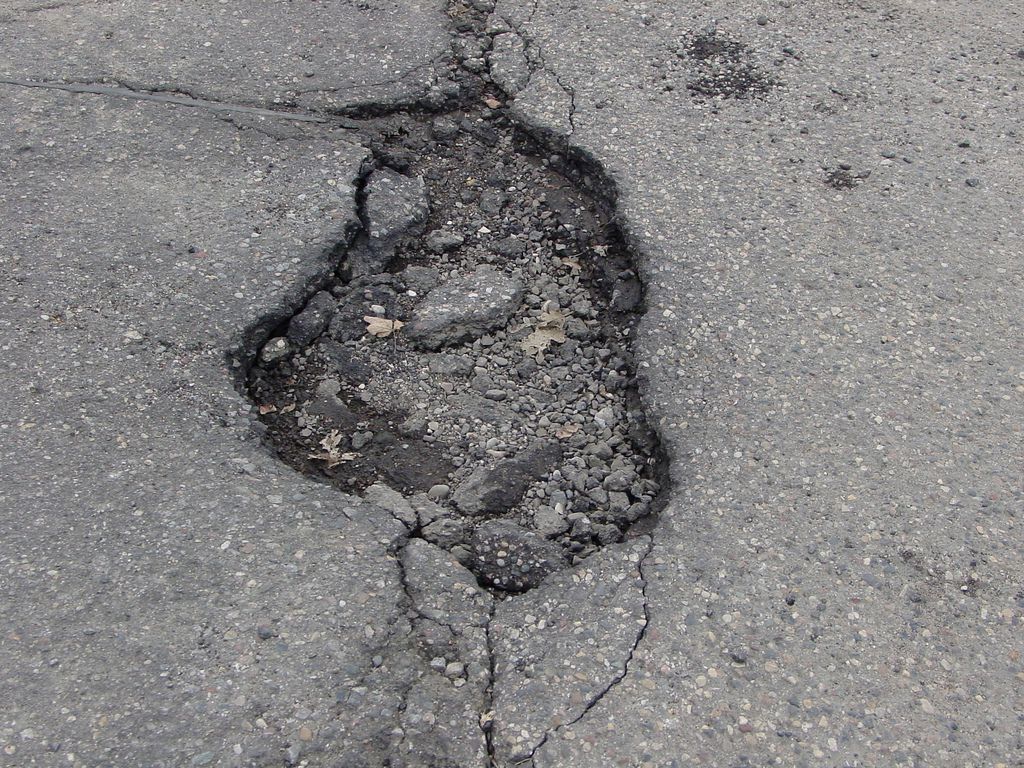How to Protect Your Property’s Asphalt This Winter

Well-kept pavement is a key part of your property’s first impression on clients and tenants. Its regular maintenance is also an essential part of your safety plan. Not only are cracks and potholes an aggravation for drivers, but any uneven pavement presents a tripping hazard. Planning how to better protect your property’s asphalt is a great way to reduce potential injury and liability risks. Quite a few culprits contribute to the breakdown of asphalt over time, namely direct sun, car oil, and water. Now, with winter here, another big factor is fluctuating temperatures. Over the next few months, water and ice will expand and contract asphalt, eventually making its surface brittle, and more susceptible to cracking. If you’re a property manager looking for parking lot and property maintenance tips, here’s what we recommend planning for:
Clean Up Oil, Dirt, and Debris
Is your asphalt stained by motor oil, fallen leaves, or any other debris? Sometimes a large oil spill could result in needing to replace the damaged area. However, most small surface stains can be removed pretty easily. If possible, stay away from using heavy solvents, as they tend to be bad for the environment. If you’re looking for alternatives, your options include everything from dish detergent (to help with de-greasing) or even kitty litter (if the oil hasn’t dried yet and you want to soak it up). Check out a full list of removal options here.
Fill Cracks
Are there cracks in your pavement that are wider than a quarter inch? Try to get these filled as soon as possible. Repairing cracks now will minimize the amount of water that seeps in and compromises the sub base. It’s always best to take care of cracks as quickly as possible to avoid spreading damage, and a more costly resurfacing project later on.
Repair Potholes
Ideally, you’ve taken care of pothole repair before deep cold sets in. If you don’t quite make it, make sure to put it in your calendar for early spring. Potholes are obviously problematic for drivers, and they’re exceptionally dangerous to pedestrians if they fill up with water and freeze over. Pay special attention to areas withstanding water, i.e. puddles, since they could develop into larger potholes.

Sealcoating
After any repairs are completed, make sure that a seal coat is applied to your asphalt to help add extra protection and durability. If you didn’t need to do any restoration work,but you spot faded pavement, you should still add a sealcoat to slow down deterioration. Some amount of deterioration is unavoidable, but you may be able to double your parking lot’s lifespan simply by adding a sealcoat every few years, or as needed.
Choose De-icers Selectively
Overusing salt can have a negative impact on the environment – it gets into the waterways where it can do harm to plants and aquatic life. An alternative to salting and sanding is adding a layer of brine to your lots and walkways. It helps add traction and ensures thorough snow removal. We’re currently looking into developing upon our sustainable practices by offering clients brine solutions using collected rainwater.
Clear Snow with Care
Everything from the sharp edge of a shovel, to an inexperienced snowplow driver, could damage your asphalt as they scrape along while shoveling. You can mitigate this with measures like placing high visibility markers along the curbs of driveways and paths. Ultimately, when it comes to managing snowand ice control around your properties, we suggest trusting a Certified Snow Professional (CSP) to guarantee the use of the right equipment and techniques.

We hope you’ll use these asphalt maintenance tips this winter, and all year round to save money and time. If you have any parking lot maintenance concerns, or you’ve yet to secure professional snow and ice removal services, the Clintar team would love to hear from you. Get in touch today.

